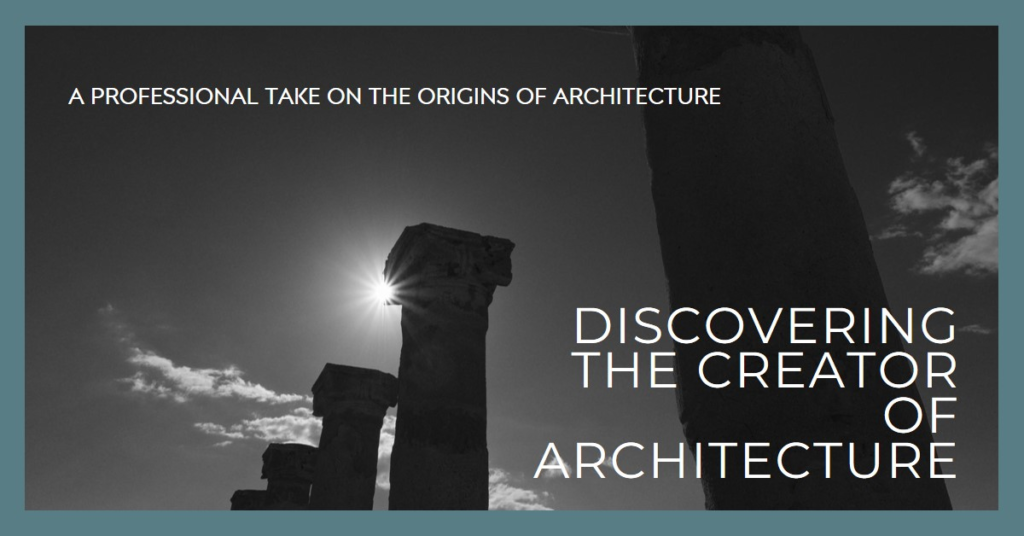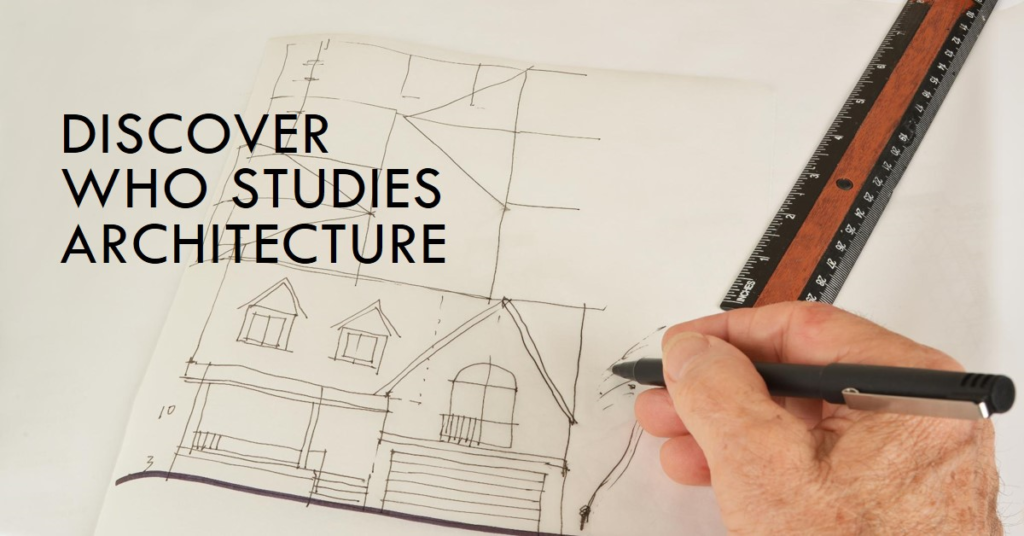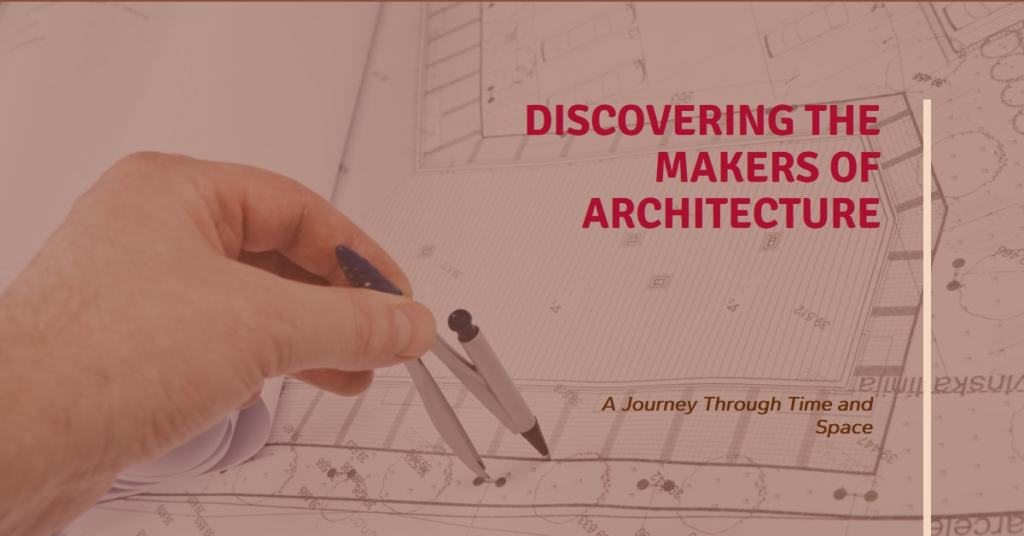
Table of Contents
Introduction
Architecture, the art and science of designing and constructing buildings and other physical structures, stands as a testament to human ingenuity and creativity. But who can claim the title of its creator? This question has intrigued scholars and enthusiasts alike for centuries. In this comprehensive exploration, we delve into the origins of architecture, tracing its evolution from ancient civilizations to the contemporary world.
The Birth of Architecture: Ancient Beginnings
The roots of architecture stretch back to the dawn of civilization. In ancient Mesopotamia, the cradle of civilization, the Sumerians erected monumental ziggurats and intricate temple complexes, such as the famous Ziggurat of Ur. These structures not only served practical purposes but also reflected the spiritual beliefs and societal organization of the time. Similarly, in ancient Egypt, the construction of pyramids, tombs, and temples showcased advanced engineering techniques and a profound reverence for the afterlife.
From the Mediterranean to Mesopotamia: Influential Cultures
Transitioning from the ancient Near East to the Mediterranean region, we encounter the Greeks and Romans, whose architectural contributions continue to inspire awe and admiration. The Greeks introduced the concept of the classical orders, epitomized by the iconic columns of the Parthenon atop the Athenian Acropolis. Meanwhile, the Romans perfected the art of monumental architecture, constructing vast amphitheaters, aqueducts, and basilicas that exemplified their engineering prowess and imperial grandeur.
Innovations in the East: Asian Architectural Marvels
While Western civilizations were making strides in architecture, the East was not far behind. In ancient China, the mastery of wooden construction techniques gave rise to awe-inspiring structures like the Forbidden City and the Great Wall. The integration of natural elements and principles of Feng Shui infused these edifices with harmony and symbolism. Similarly, in India, the intricate carvings of Hindu temples and the symmetrical layout of Mughal gardens reflected a deep spiritual connection with the cosmos.


The Renaissance Revolution: Rebirth of Architectural Genius
The Renaissance marked a pivotal period in the history of architecture, characterized by a revival of classical ideals and a surge of artistic innovation. Visionaries such as Filippo Brunelleschi and Leon Battista Alberti championed the principles of perspective and proportion, ushering in a new era of human-centered design. The majestic dome of the Florence Cathedral, engineered by Brunelleschi, symbolized the triumph of reason and creativity over technical challenges.
Enlightenment and Beyond: Architectural Enlightenment
The Enlightenment era witnessed a shift in architectural philosophy, with an emphasis on reason, order, and rationality. Architects like Étienne-Louis Boullée and Claude Nicolas Ledoux embraced geometric forms and monumental scale to express ideals of progress and enlightenment. The iconic works of this period, such as Boullée’s visionary designs for cenotaphs and Ledoux’s utopian city plans, embodied the spirit of intellectual inquiry and social reform.
Industrial Revolution and the Rise of Modernism
The advent of the Industrial Revolution brought about profound changes in architecture, as new materials and construction techniques revolutionized the built environment. Architects like Louis Sullivan and Frank Lloyd Wright embraced the principles of functionalism and organic architecture, seeking harmony between human habitation and the natural world. The iconic skyscrapers of Chicago, adorned with intricate ornamentation and soaring steel frames, epitomized the spirit of progress and innovation.
Towards the Future: Architecture in the Digital Age
As we stand on the brink of the digital age, architecture faces new challenges and opportunities. Advances in computational design, parametric modeling, and sustainable technologies are reshaping the way we conceive, design, and construct buildings. Architects like Zaha Hadid and Norman Foster are pushing the boundaries of form and function, creating visionary structures that blur the line between art and architecture. From parametric skyscrapers to biomimetic facades, the architecture of the future promises to be both innovative and sustainable.
Conclusion:
A Tapestry of Human Creativity In conclusion, the question of who created architecture is as complex and multifaceted as the discipline itself. From the ancient civilizations of Mesopotamia and Egypt to the Renaissance masters and modern-day visionaries, architecture has evolved through a tapestry of human creativity and ingenuity. As we look to the future, it is clear that architecture will continue to shape our world, reflecting our values, aspirations, and collective imagination. In the words of Frank Lloyd Wright, “The mother art is architecture. Without an architecture of our own, we have no soul of our own civilization.”


